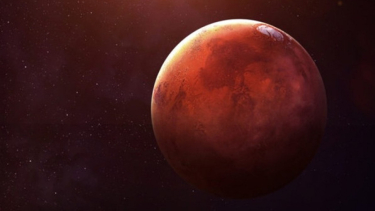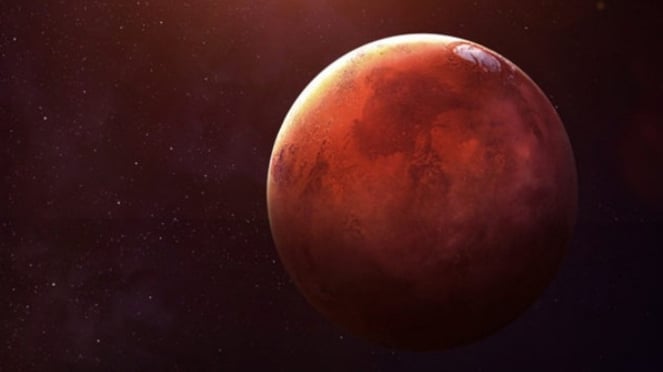Researchers Discover Evidence of Organic Matter on Mars
- DottedYeti
Jakarta – The Perseverance Rover has found evidence of organic compounds in the Jezero Crater on Mars. Although this isn’t the smoking gun proving once and for all that Mars once hosted life, these compounds could have also developed in nonbiological ways.
The results hint at surprisingly complex organic conditions for the “key building blocks for life” on Earth’s neighbor. The study was published in Nature, as reported from Engadget site.
The Perseverance Rover, the first to explore the Jezero Crater, has been investigating the area since February 2021. Researchers believe the basin once housed an ancient lake, including a delta from a river that once flowed into it. It’s one of the most likely regions to reveal leftover signs of life on Mars.
Ilustrasi Planet Mars.
- U-Report
Organic molecules like those observed in the Jezero Crater contain carbon and often hydrogen atoms. They are the core components of life as we know it on Earth, although they can also develop abiologically.
“They are an exciting clue for astrobiologists since they are often thought of as building blocks of life,” paper co-author Joseph Razzell Hollis, a postdoctoral fellow at London’s Natural History Museum said to Newsweek.
“Importantly, they can be created by processes not related to life as we know it, and so organic molecules are not evidence of life on their own without sufficient extra evidence that cannot be explained by nonbiological or abiotic processes.”
The rover observed the compounds using an instrument the Scanning Habitable Environments with Raman and Luminescence for Organics and Chemicals (SHERLOC) that maps organic molecules and minerals on rock surfaces.
Significantly, it found organic materials in all ten targets it observed on the crater floor.
“Our results support observations by previous robotic missions to Mars that the Red Planet was once rich in organic material, compounds made primarily of carbon and hydrogen, and that some of that organic material can still be detected billions of years later,” co-author Joseph Razzell Hollis, a London-based astrobiologist said.
“Each detection, each observation, gives us a little bit more information that brings us closer to understanding the history of Mars and whether it could have supported life in the past.”
Now that the researchers have observed the molecules, they’ll need a better look at them in Earthbound labs to draw further conclusions about their origins.
“If these samples are returned to terrestrial laboratories, a more diverse suite of tools can be used to study the samples, including at higher spatial resolution and with much greater specificity and sensitivity,” the authors wrote.
They’ll have to wait for the Mars Sample Return (MSR) mission, which isn’t expected to launch from Earth until at least the late 2020s. Still, the trip should be worth the wait.
“So far, the only Martian rocks we’ve ever been able to study on Earth have been meteorites. Getting our hands on intact Mars rocks, carefully stored and protected from contamination, will be invaluable to planetary science,” Razzell Hollis stated.



























